Common Name(s): Ginkgo, maidenhair tree, gingko
Scientific Name: Ginkgo biloba
Distribution: Native to China, though now widely cultivated in temperate regions throughout the Northern Hemisphere
Tree Size: 60-80 ft (18-24 m) tall,
1-2 ft (.3-.6 m) trunk diameter*
*very old and/or wild trees can be much larger, attaining heights over 100 feet (30 m) and trunk diameters in excess of 10 feet (3 m)
Average Dried Weight: 28.9 lbs/ft3 (465 kg/m3)
Specific Gravity (Basic, 12% MC): .43, .46
Janka Hardness: 750 lbf (3,340 N)
Modulus of Rupture: No data available
Elastic Modulus: 1,311,000 lbf/in2 (9.04 GPa)
Crushing Strength: No data available
Shrinkage: No data available; reported to have low shrinkage rates and good stability in service
Color/Appearance: Ranges from light orangish brown to nearly white. Very subtle color difference between annual growth rings with fairly homogenous appearance.
Grain/Texture: Grain is straight, with a very even and uniform medium to coarse texture. Low natural luster.
Rot Resistance: No official data is available, though it is reported that the wood “does not decay quickly.”[1]Ridsdale, C., White, J., & Usher, C. (2005). Trees (p. 71). New York, NY: DK. Also, ornamental trees seem to excel at resisting insects and other pests, though this may not equate to resistance in the wood itself.
Workability: Overall good working properties, particularly with hand tools where its softness can be used to advantage in things like carving or joinery. Glues and finishes well.
Odor: No characteristic odor.
Allergies/Toxicity: Although many parts of the tree, including the leaves, pollen, and fruit, have been associated with allergenic reactions, there have been no reports on the wood itself. This may be due to the relative obscurity of using the tree for its lumber. See the articles Wood Allergies and Toxicity and Wood Dust Safety for more information.
Pricing/Availability: Not a commercial timber, though it has been used on a limited commercial basis in Japan. Most availability occurs with felled urban lumber and other specialty sawyers. Sizes can range from small craft blocks to larger tabletop slabs.
Sustainability: This wood species is not listed in the CITES Appendices, but is on the IUCN Red List. It is listed as endangered due to a very limited extend of occurrence and a severely fragmented population. However, this assessment is only for the wild populations in China (the tree was even suspected to be extinct in the wild and only persisting through cultivation)[2]Tang, C. Q., et al. (2012). Evidence for the persistence of wild Ginkgo biloba (Ginkgoaceae) populations in the Dalou Mountains, southwestern China. American journal of botany, 99(8), 1408-1414.. Nearly all trees encountered by woodworkers today are cultivated trees, particularly from urban settings where ginkgo trees have been planted as ornamentals.
Common Uses: Carvings, cutting boards, furniture, and turned objects.
Comments: The ginkgo tree is much more widely known for its unique leaves than its lumber—as well as the extract made from its leaves for medicinal purposes. Ginkgo has sometimes been called a living fossil, believed to be one of the most primitive of all surviving trees, ginkgo defies most categorizations of trees. Outwardly it has branches and leaves resembling a hardwood, but its inner wood structure is much closer to that of a softwood.
Ginkgo biloba is the only species in the Ginkgo genus, and the genus is also the sole surviving member in the family Ginkgoaceae, and the same holds true going even further up the taxonomic hierarchy with the order Ginkgoales, the class Ginkgoopsida, and the division Ginkgophyta. Essentially, ginkgo is a very unique surviving tree species with many extinct relatives in the fossil record.
Images: Drag the slider up/down to toggle between raw and finished wood.
Ginkgo leaf photo by Benni Fish.
Identification: See the article on Softwood Anatomy for definitions of endgrain features.
Resin canals : absent
Tracheid diameter : medium-large to very large
Earlywood to latewood transition : very gradual
Grain contrast : very low
Parenchyma : none
Lookalikes/Substitutes: Ginkgo bears the closest overall appearance to lightweight softwoods such as spruce (Picea spp.), fir (Abies spp.), and soft pines (Pinus spp.). Since ginkgo lacks resin canals, that can help separate it from both spruce and pine (which both have resin canals). Ginkgo’s cell structure also tends to be more uniform, with much less variation in size from earlywood to latewood, especially when compared to faster-grown plantation softwood trees.
Notes: None.
None available.
Related Content:
References[+]
| ↑1 | Ridsdale, C., White, J., & Usher, C. (2005). Trees (p. 71). New York, NY: DK. |
|---|---|
| ↑2 | Tang, C. Q., et al. (2012). Evidence for the persistence of wild Ginkgo biloba (Ginkgoaceae) populations in the Dalou Mountains, southwestern China. American journal of botany, 99(8), 1408-1414. |


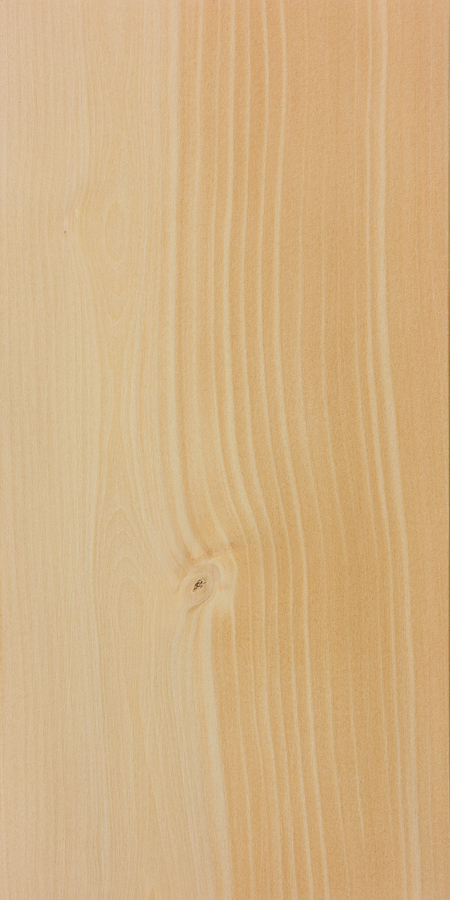
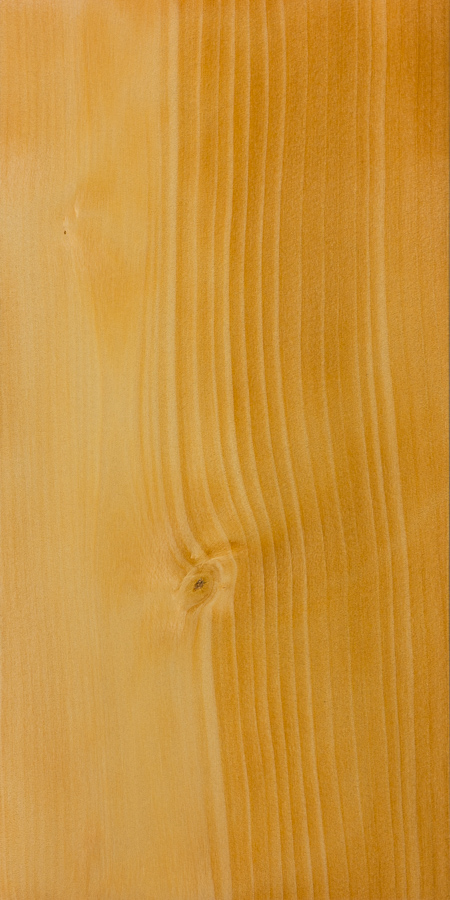
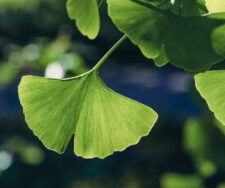
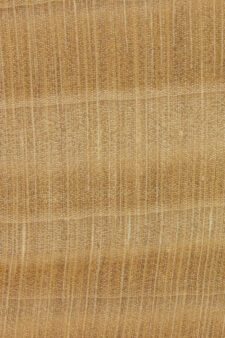

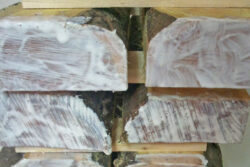
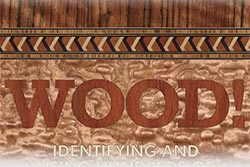
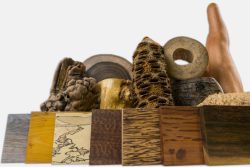
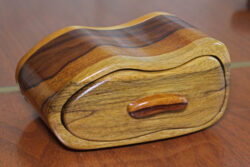
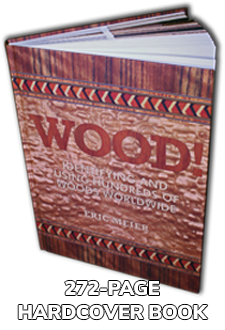


Here is the complete data of Ginkgo
I’m so excited to get a very large log out of this ginkgo tree that the city is cutting down. I have a sawmill, so I can’t wait to saw it up. It’ll be interesting to see the grain . I feel bad for the life of the tree, but it Has to go. It’s in the way of sewer lines.